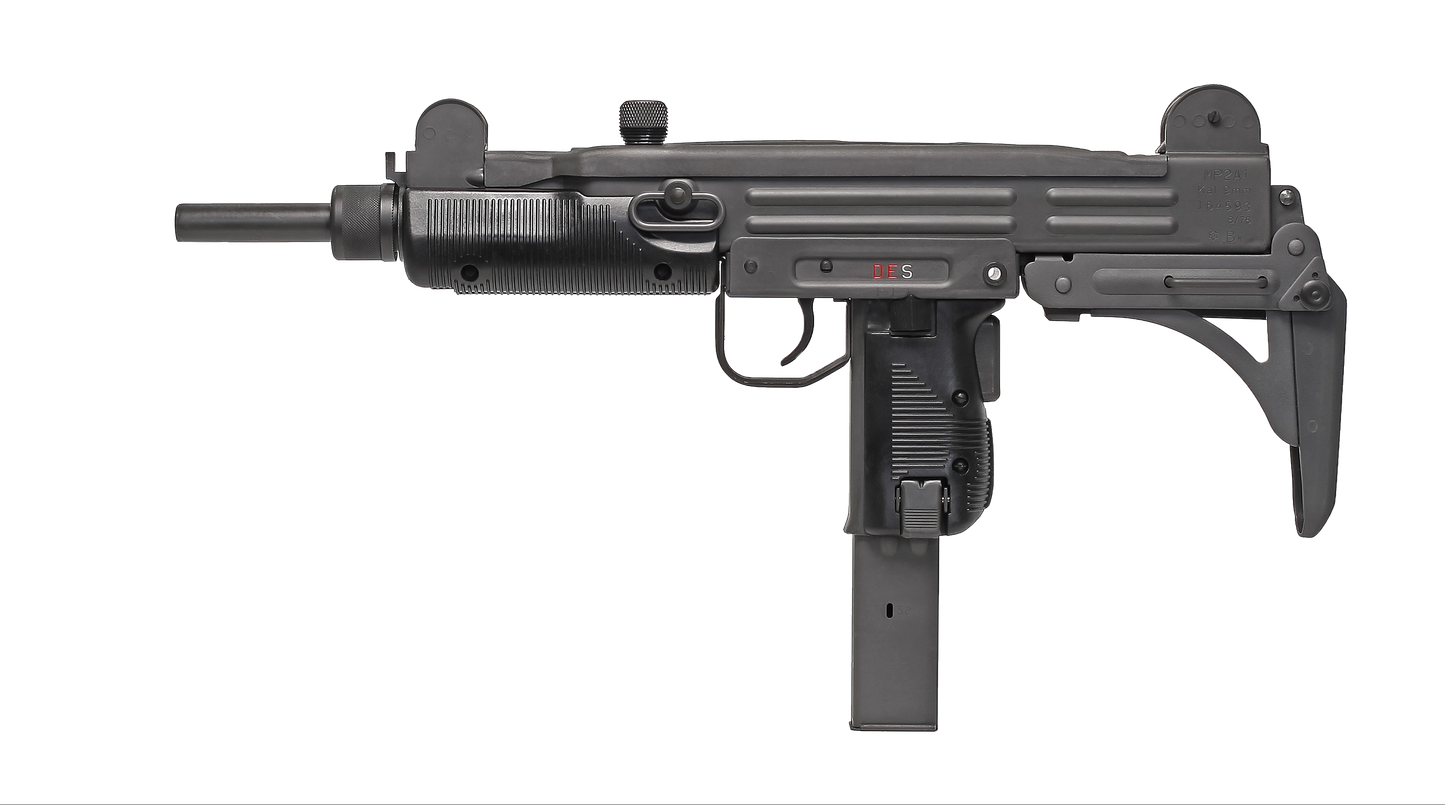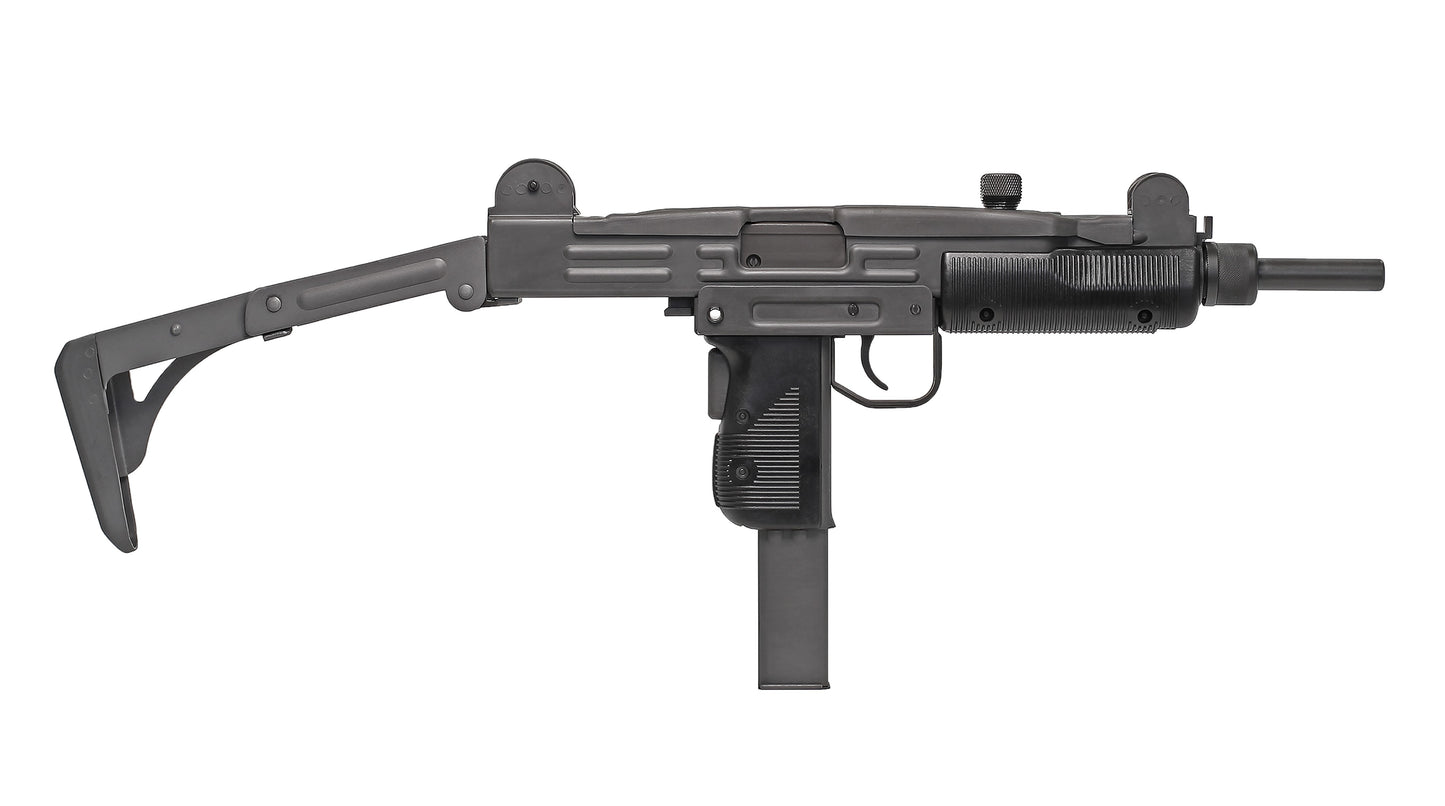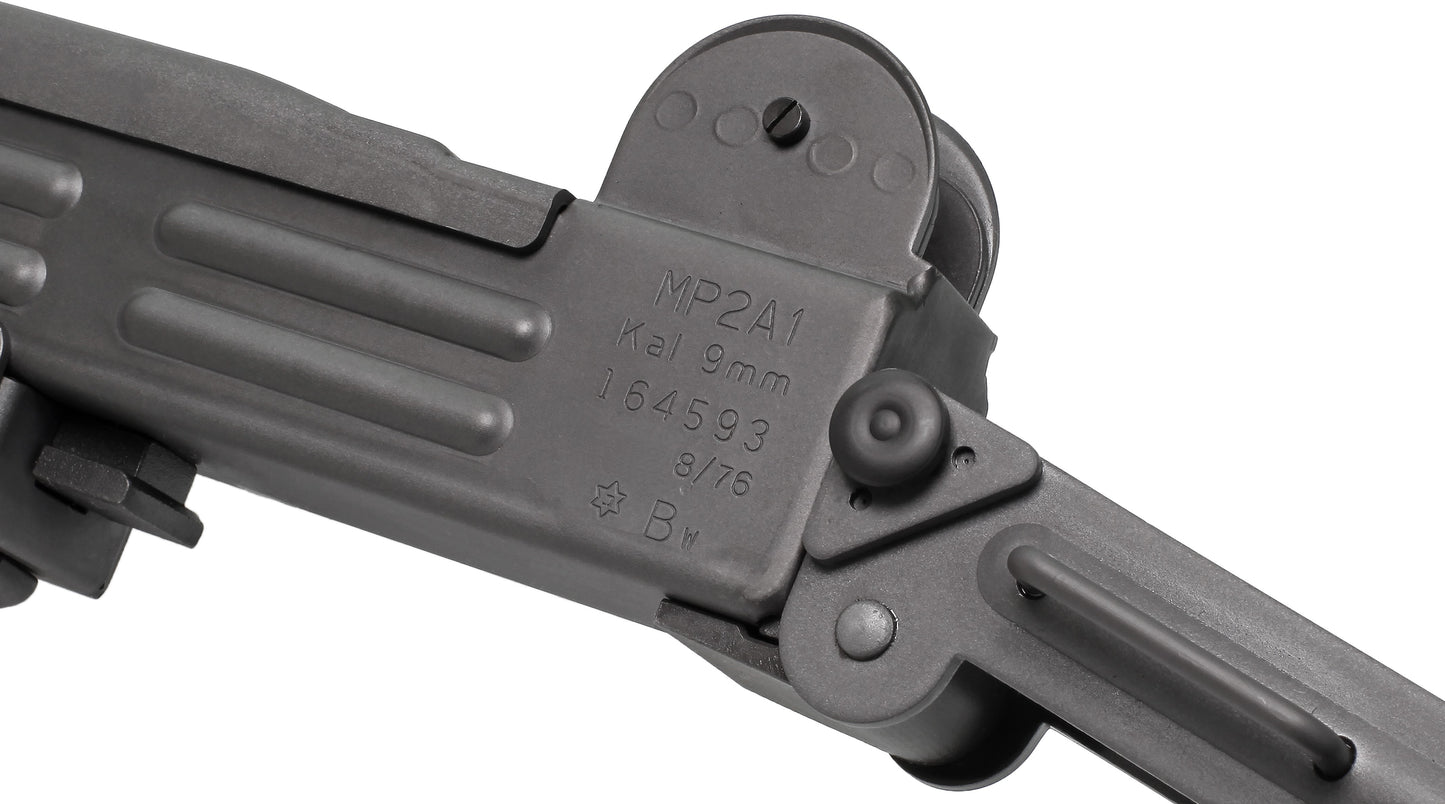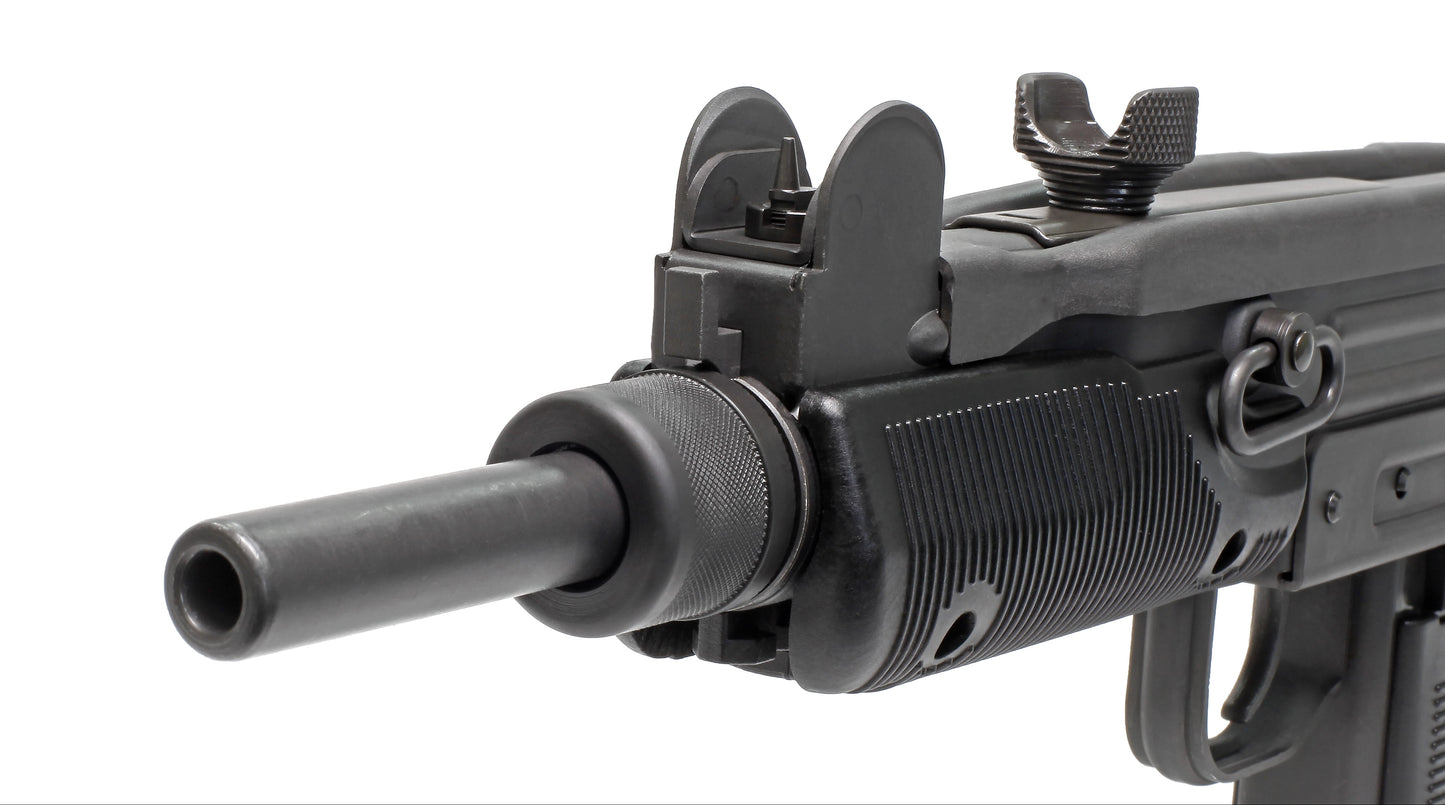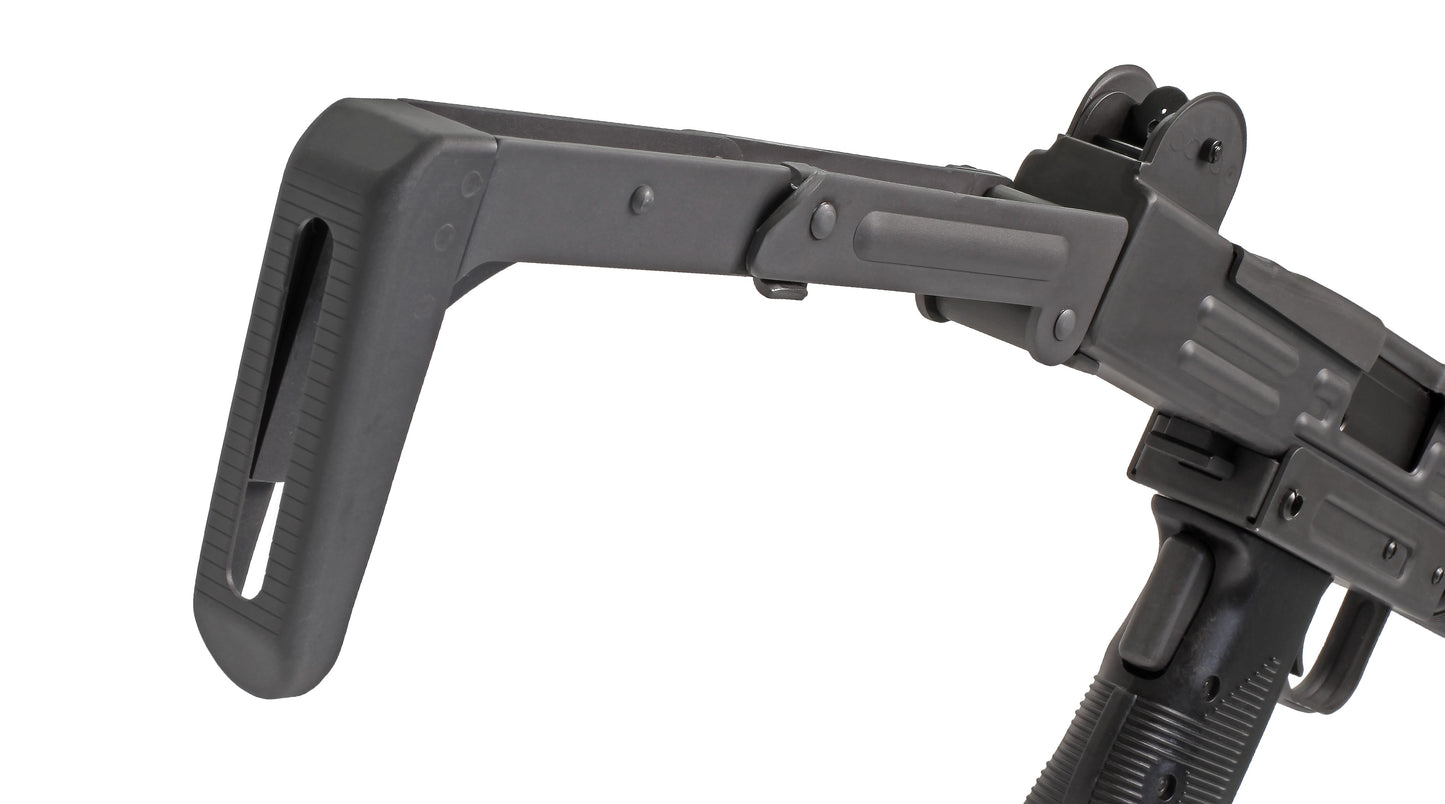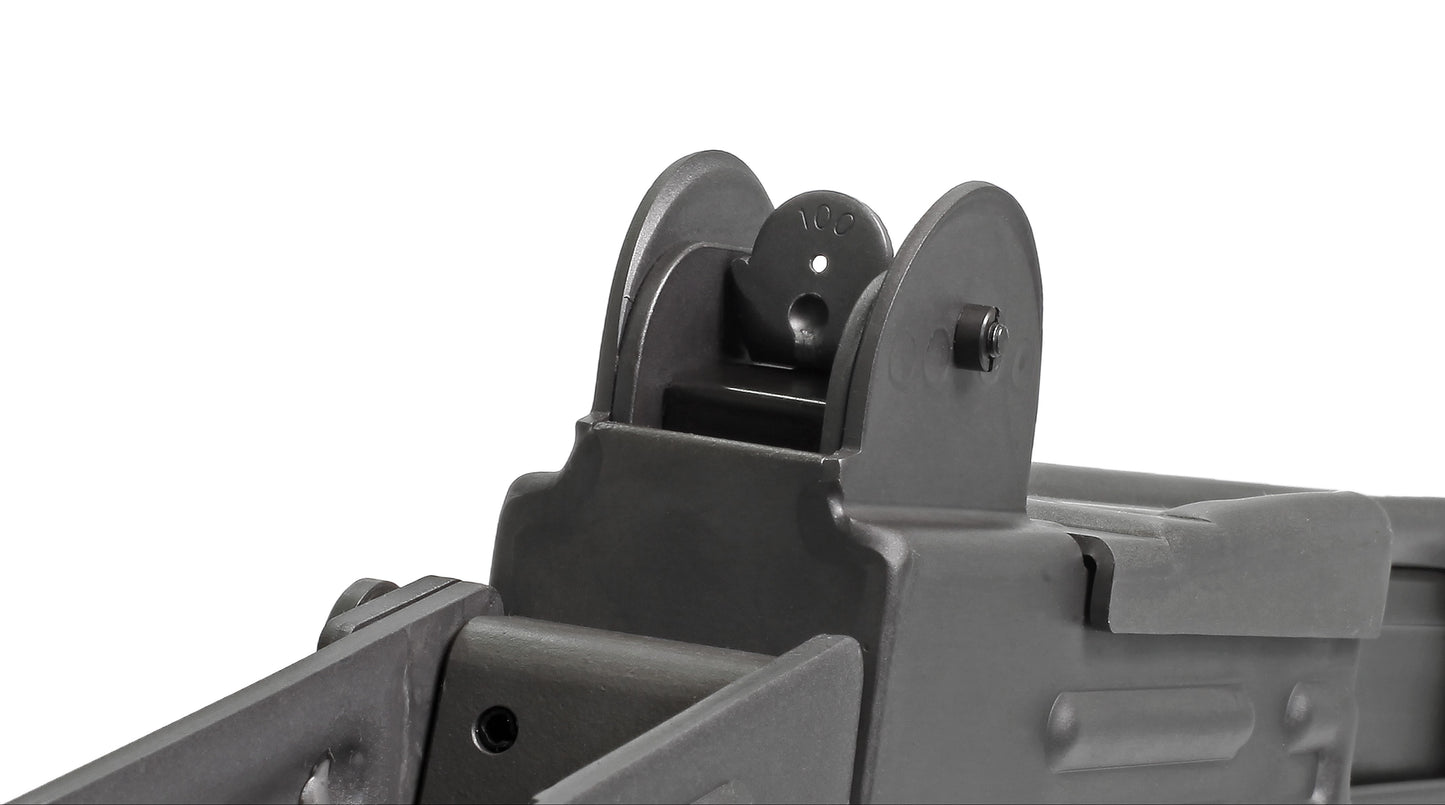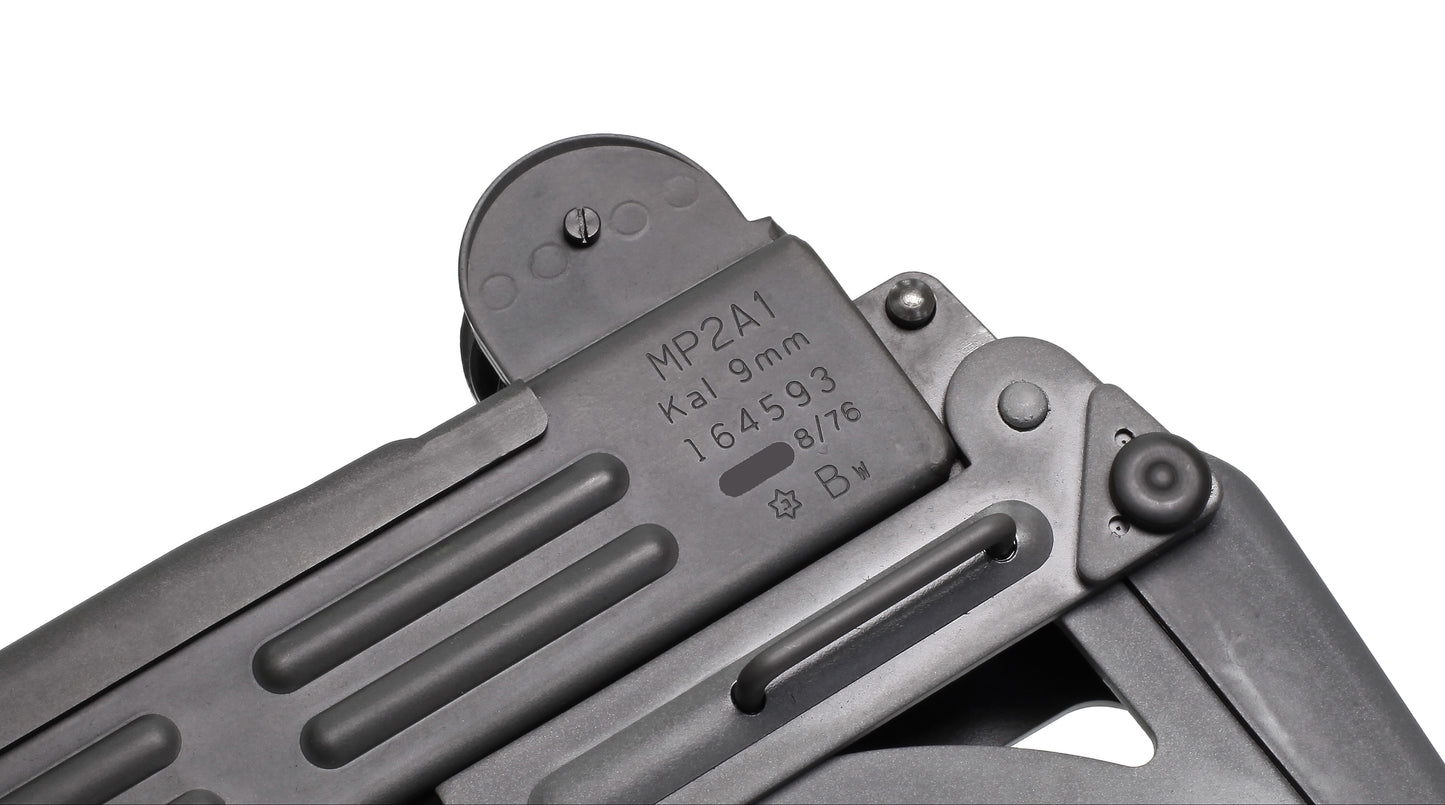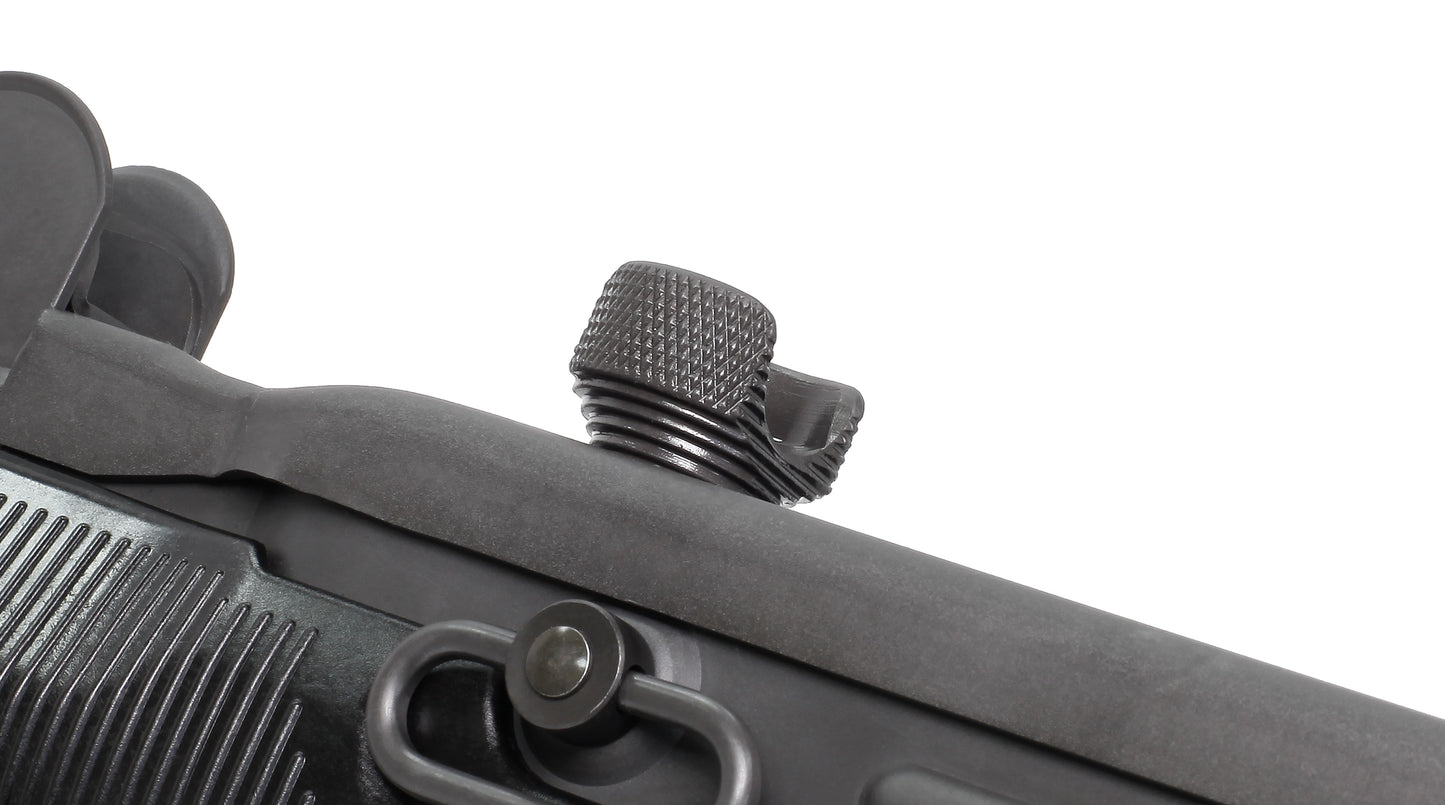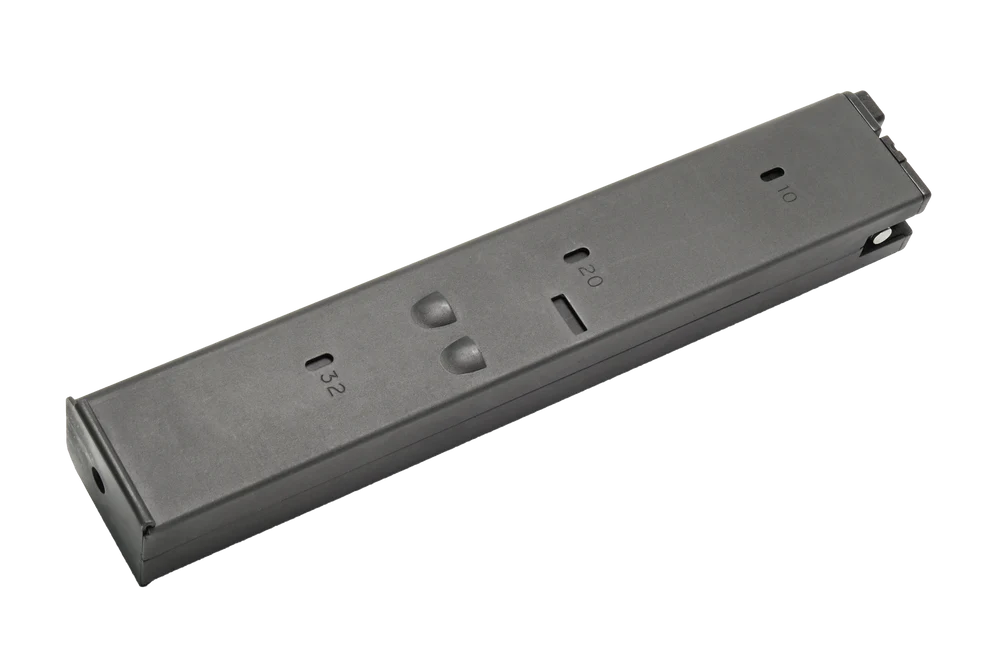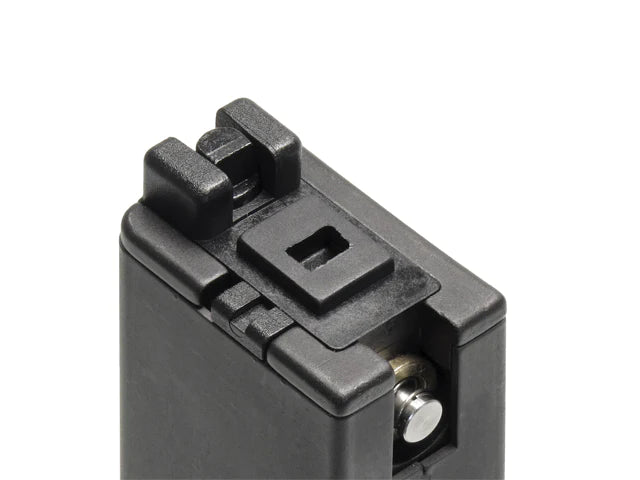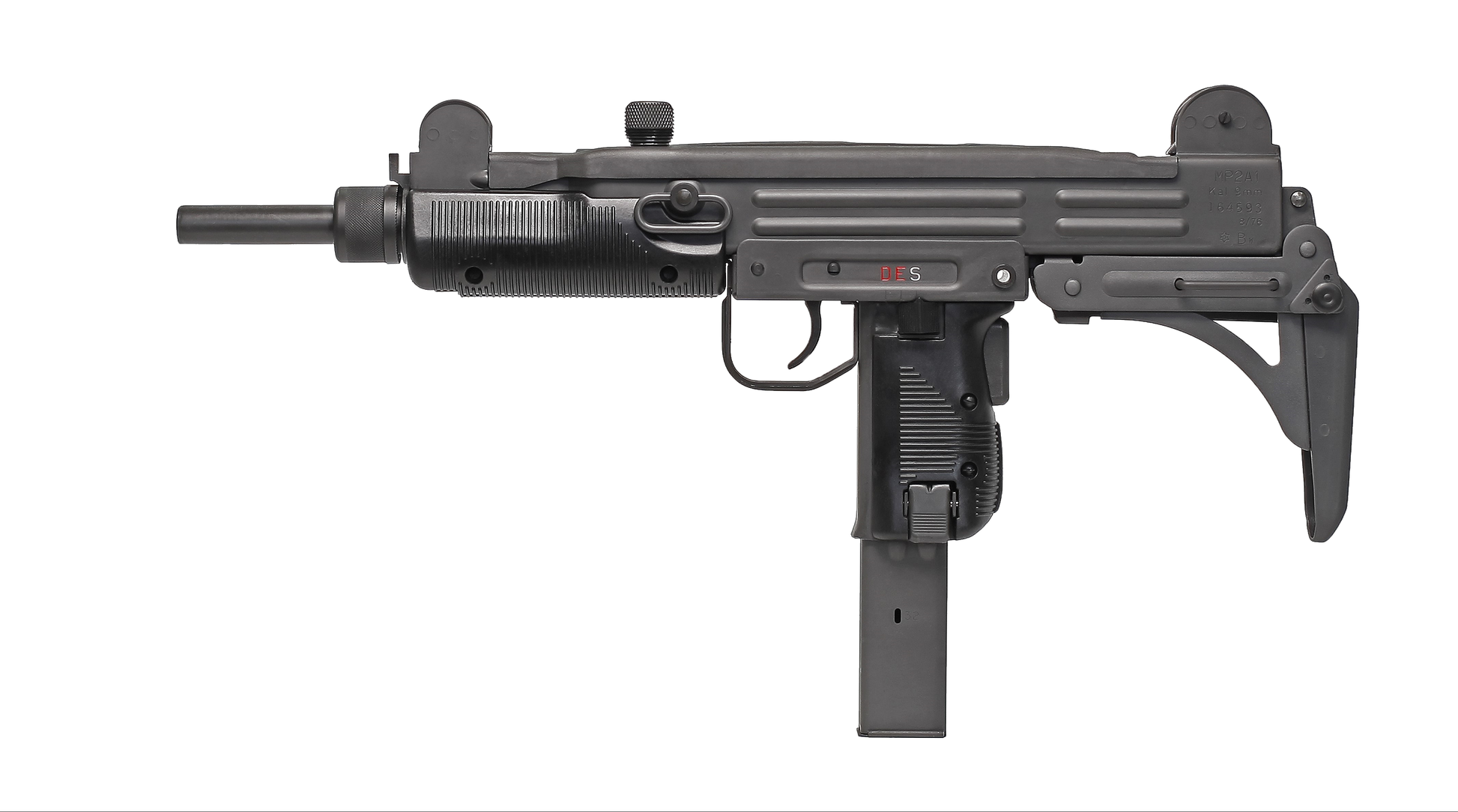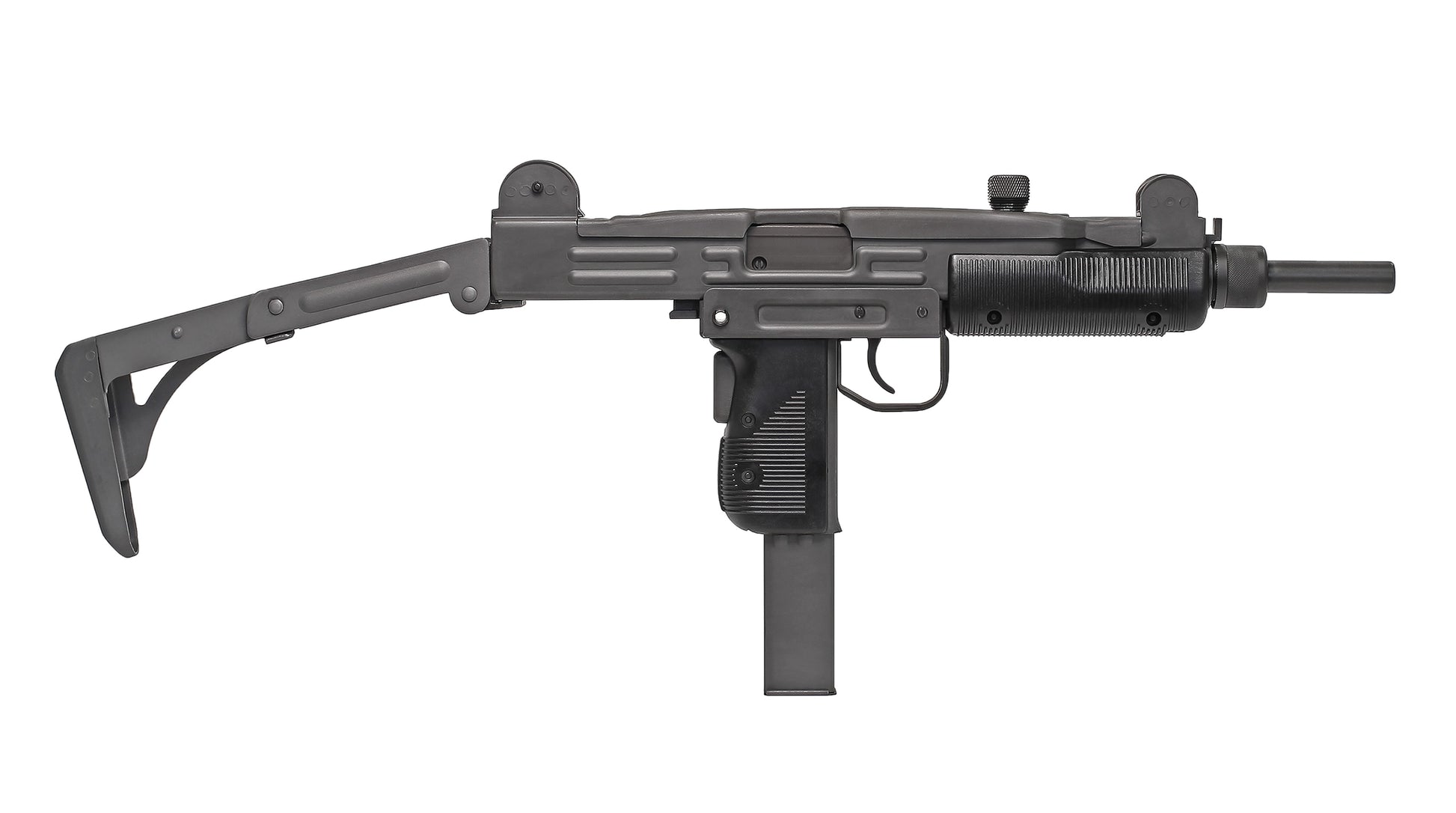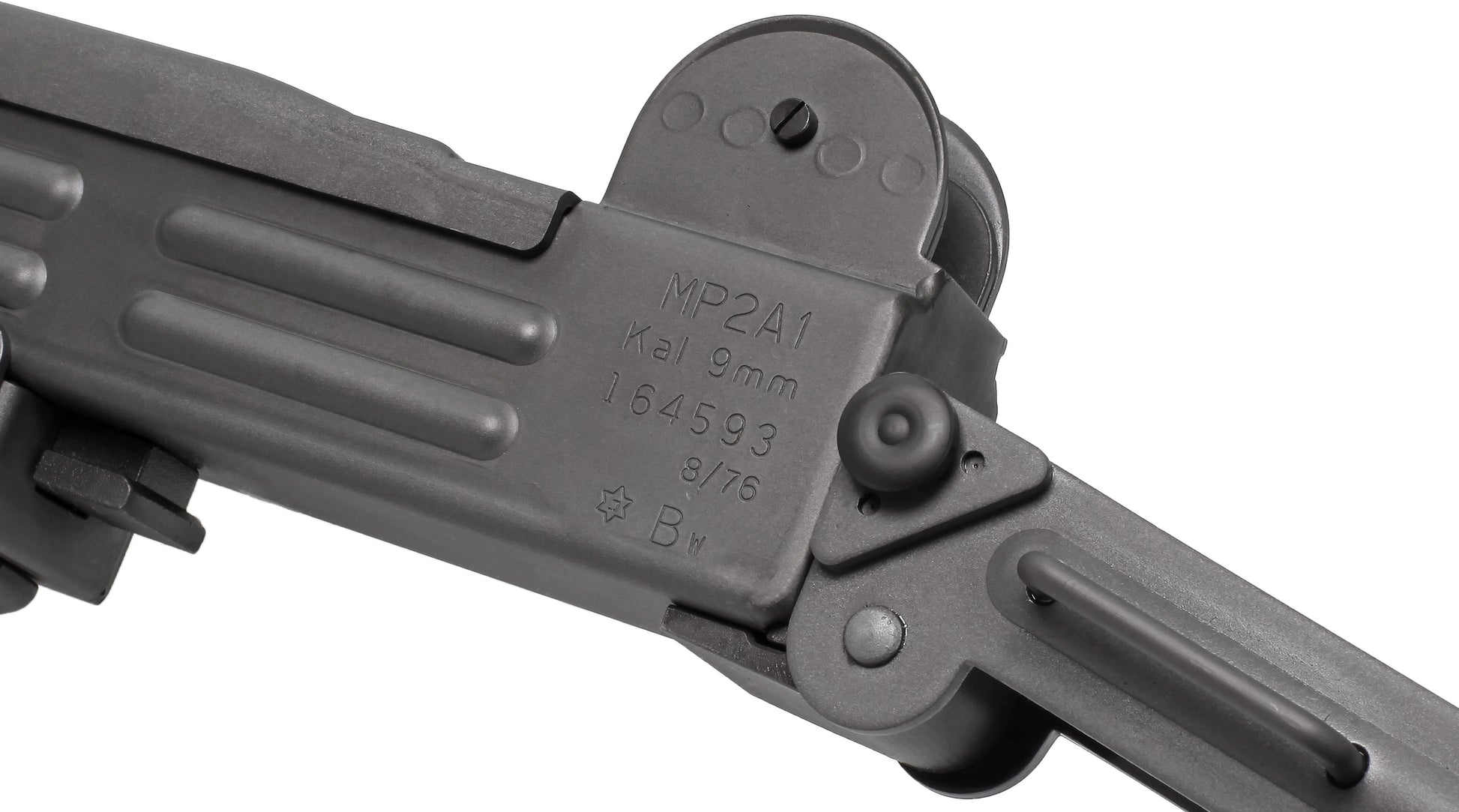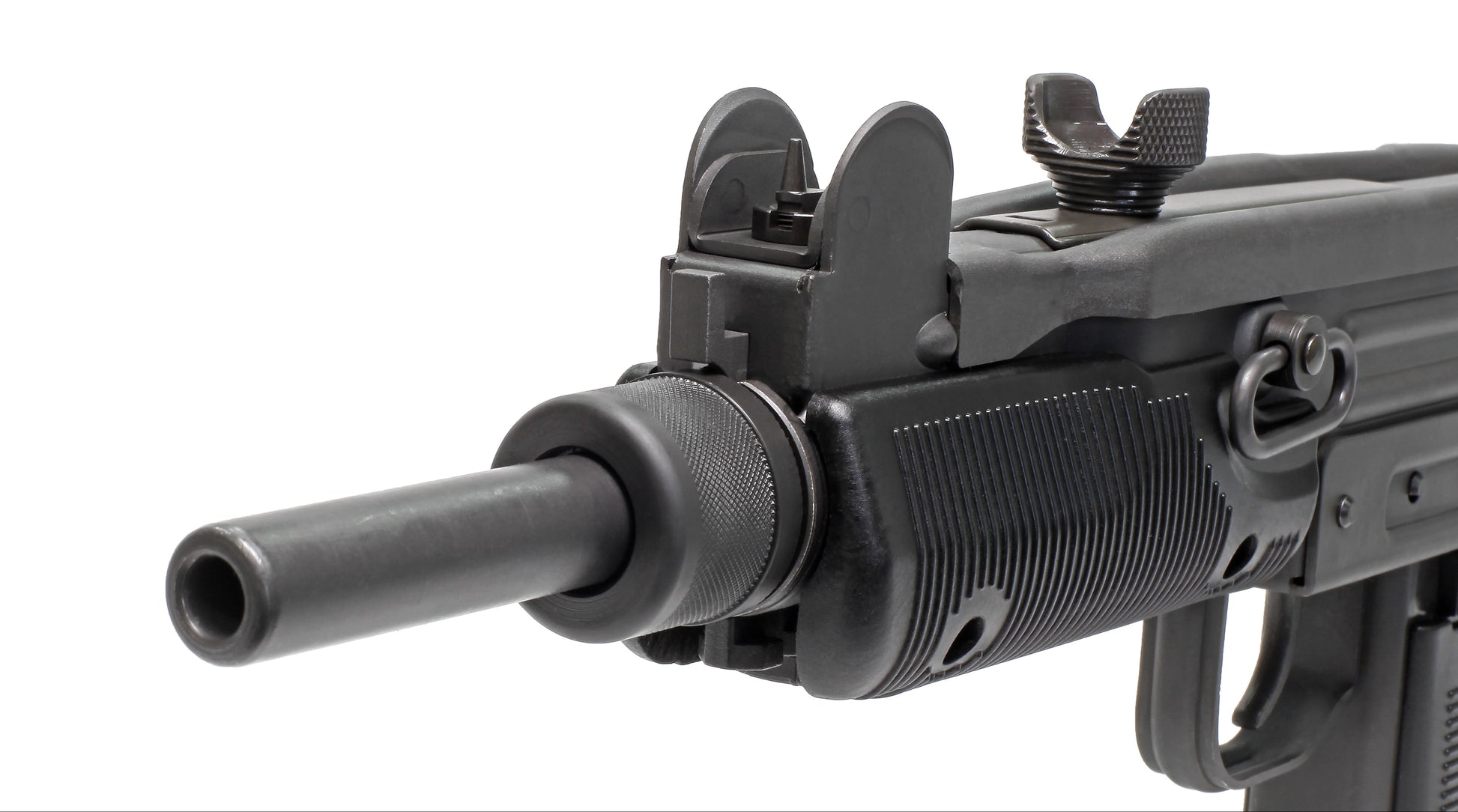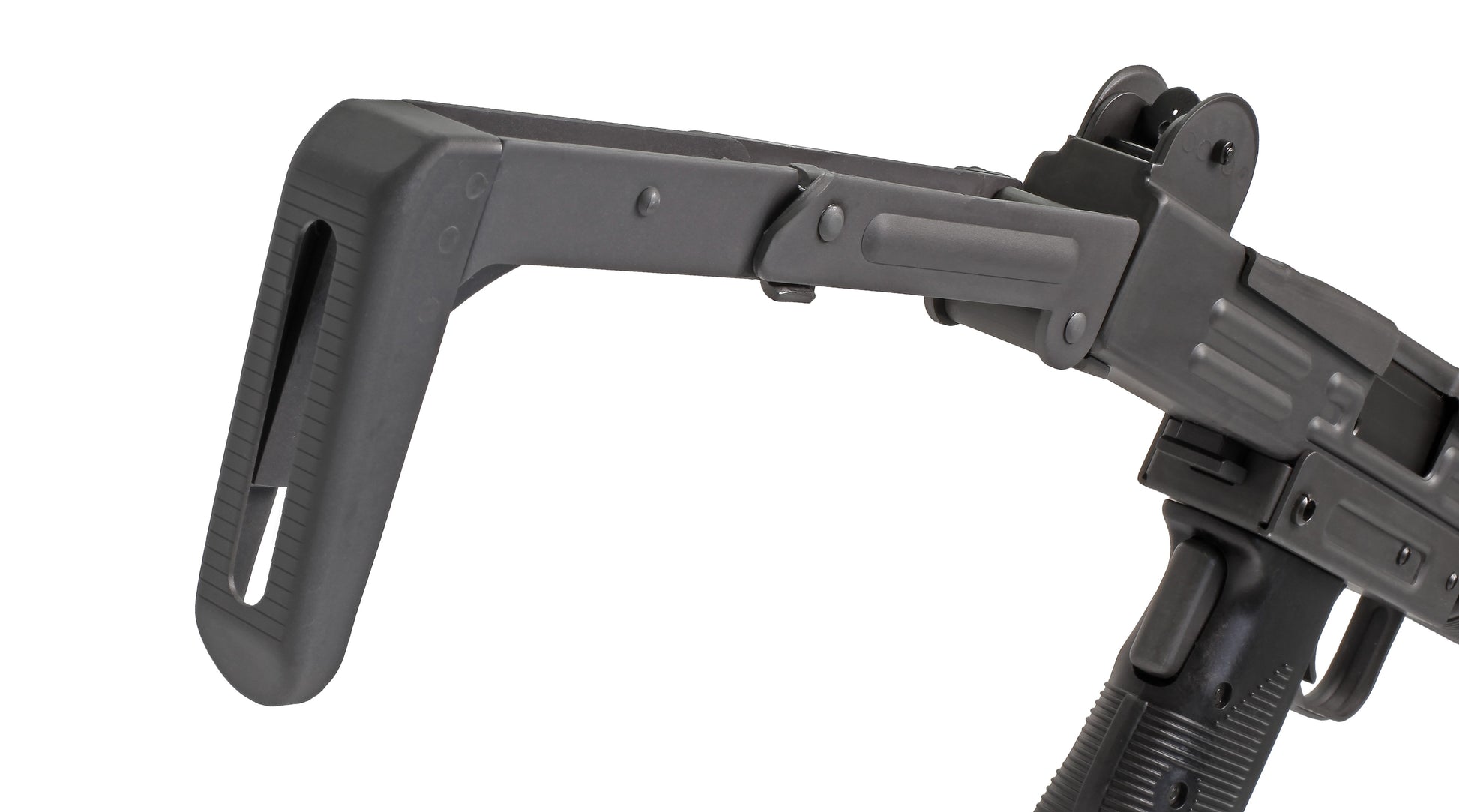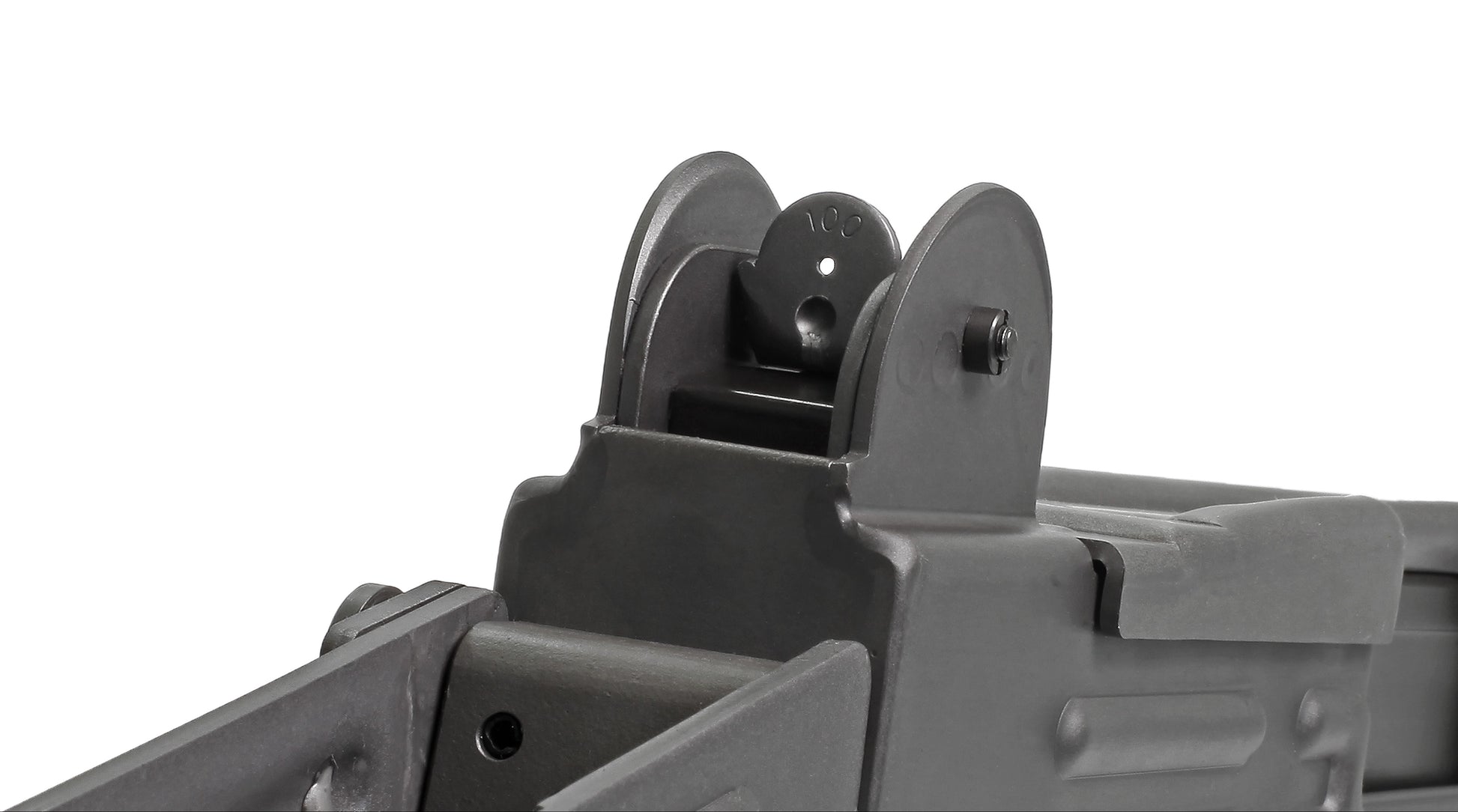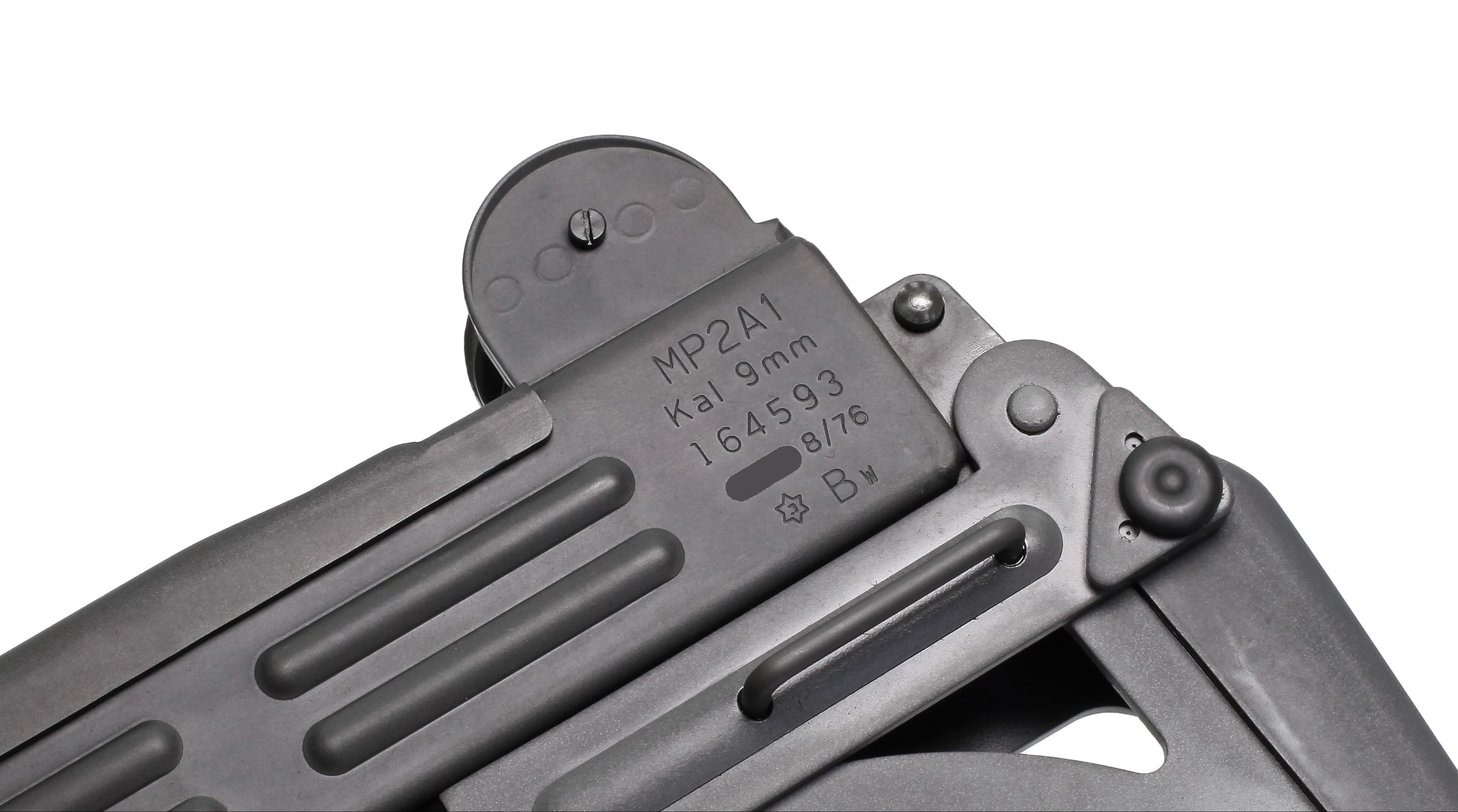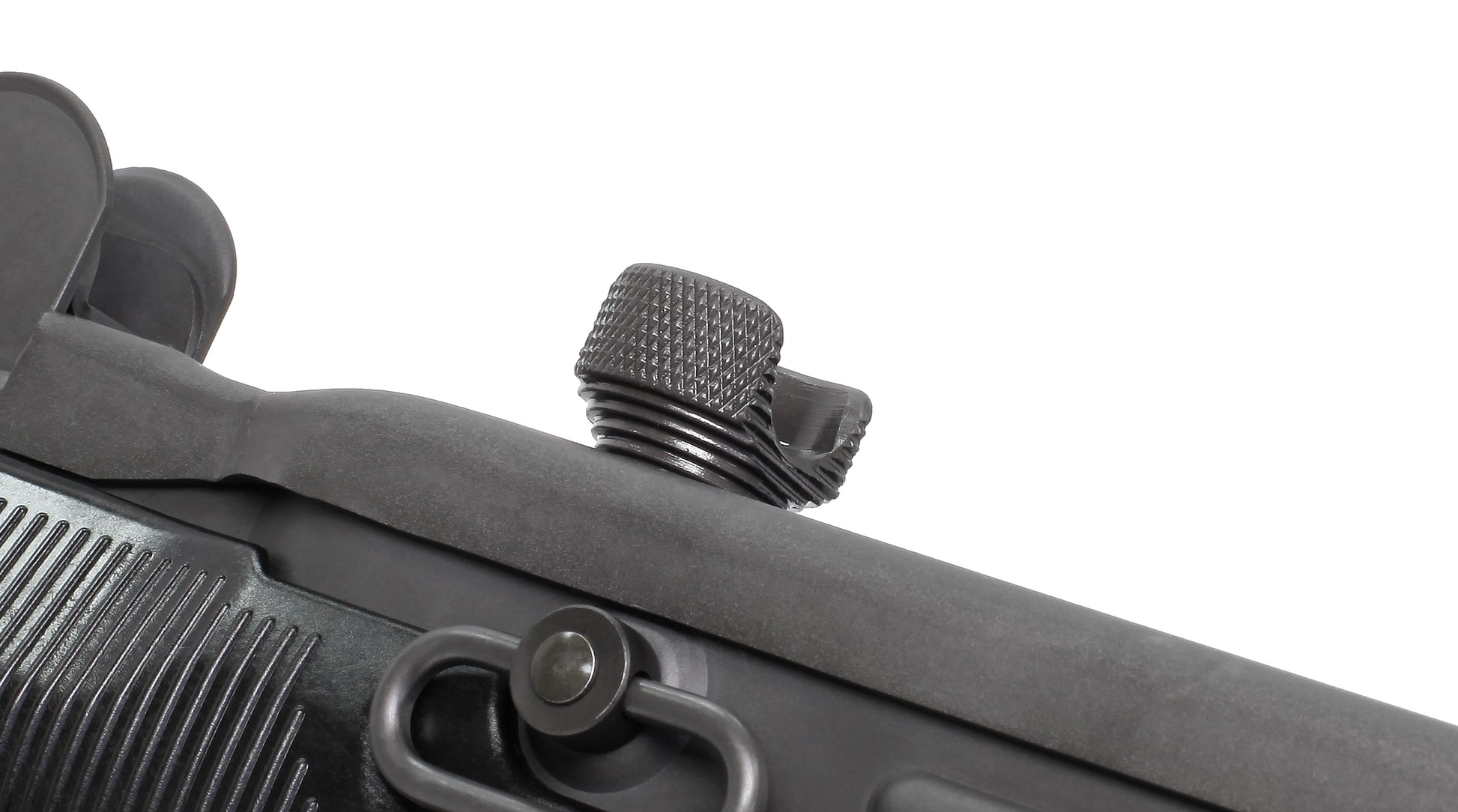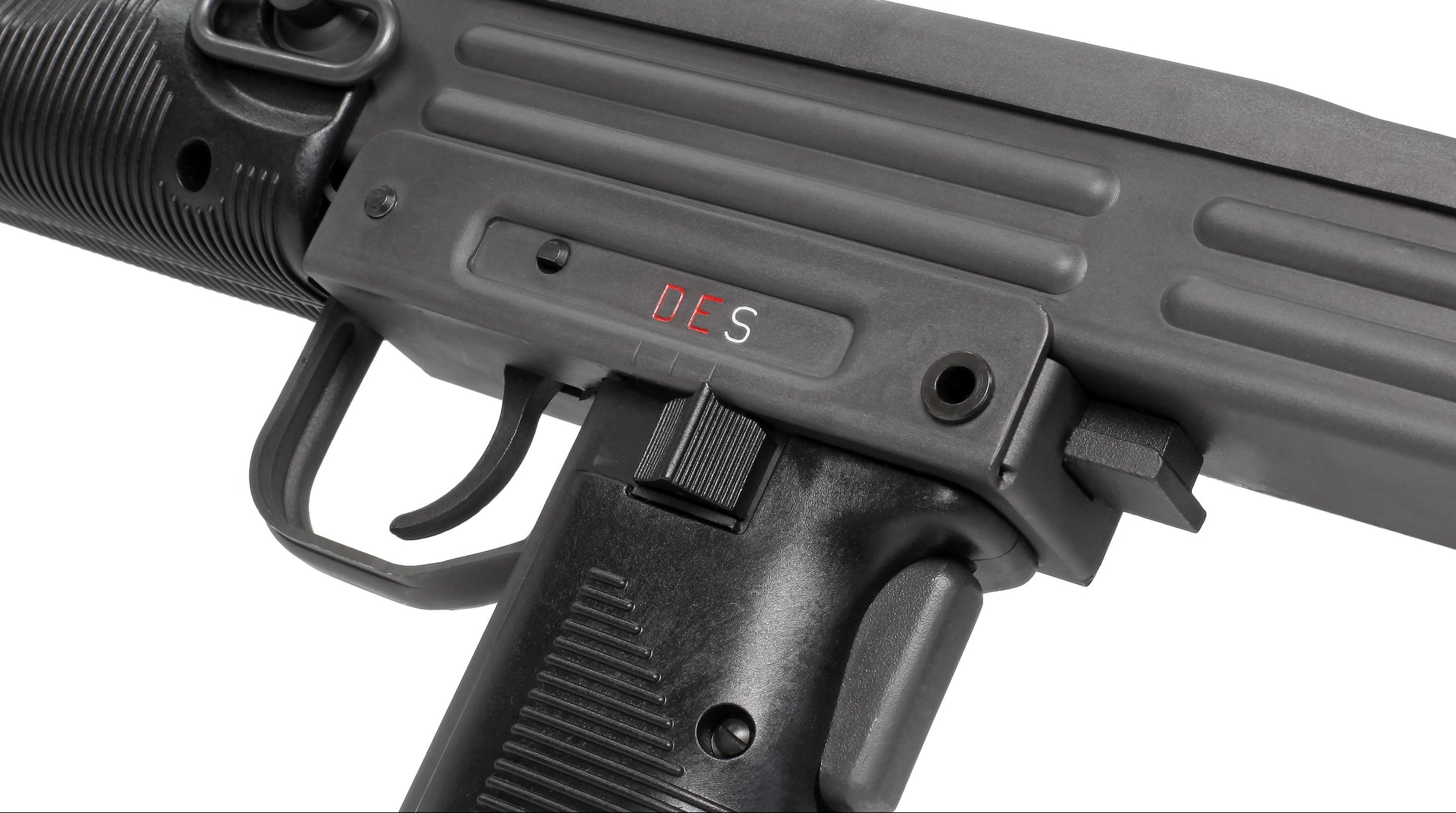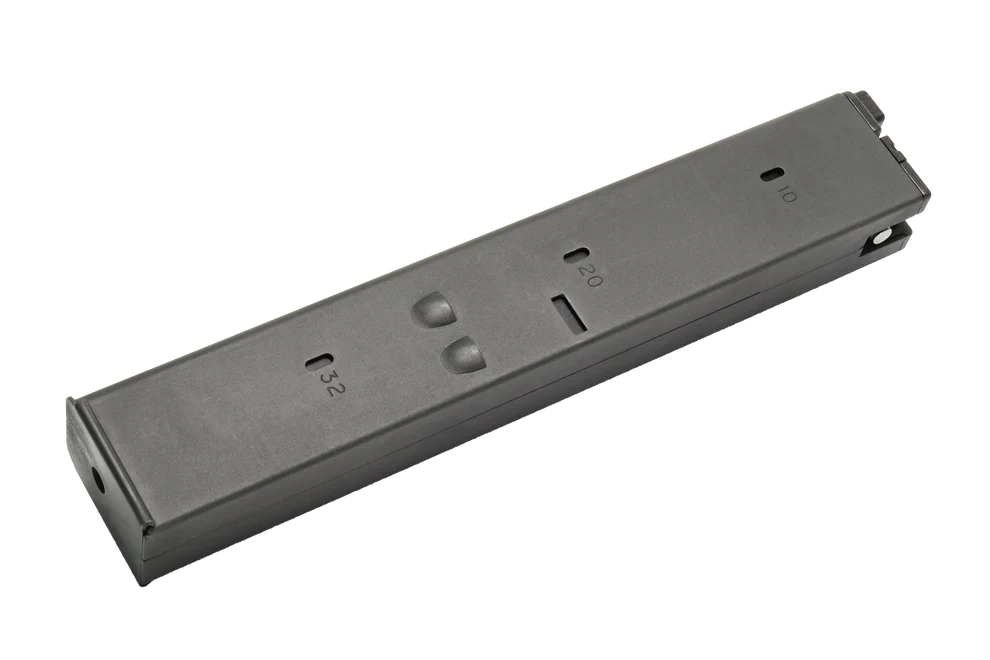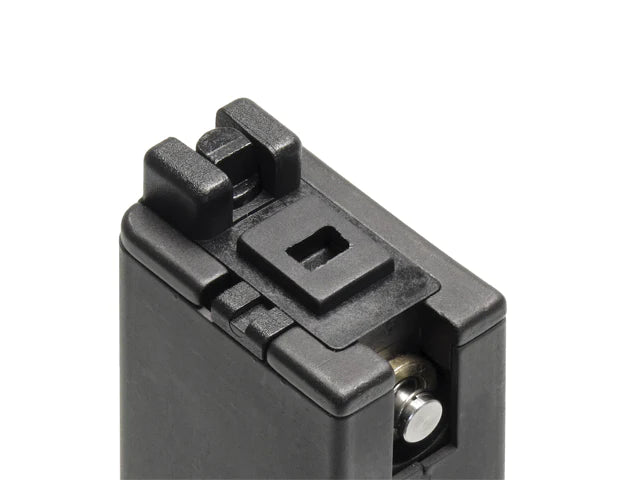1
/
of
11
Northeast Manufacturer 東北製作所
MP2A1, Maschinenpistole GBB
MP2A1, Maschinenpistole GBB
SKU:NE-SMG-13
Regular price
$0.00 TWD
Regular price
Sale price
$0.00 TWD
Unit price
/
per
Couldn't load pickup availability
(Magazine Is a Library Picture.)
Length: 470mm (stock collapsed); 640mm (stock extended)
Weight: 3160g
Caliber: 6mm Plastic BB Pellets
Magazine Capacity: 32
Fire Control: Semi/ Fully Automatic
Hop Up: Adjustable, Universal
Weight: 3160g
Caliber: 6mm Plastic BB Pellets
Magazine Capacity: 32
Fire Control: Semi/ Fully Automatic
Hop Up: Adjustable, Universal
Power Source : Green Gas
Material: Steel, Aluminium and Plastic
Surface Process: Parkerized and Painting
Surface Process: Parkerized and Painting
Following WWII, Allied countries kept a tight leash on the military development of West Germany, which was not permitted a formal army of its own . The West German border guard ("Bundesgrenzschutz" or BGS) was looking to adopt a new submachine gun in 1951, and the Italian-made Beretta Model 38/49 was the eventual choice. The official designation for the new weapon was "MP1".
In order to respond to ongoing military provocations by the USSR and East Germany, the West German Defense Force, or "Bundeswehr", was established in 1955 and the country became a member of NATO that same year. At the time, many WWII surplus weapons, like the M3 Grease Gun and M1 Thompson, were in use by West Germany. Thus, a program to find a replacement of the MP1 and other WW2-era SMGs was started by the West German Ministry of Defense.
Under pressure from the expansion of the Warsaw Pact, many western countries, such as UK, Sweden, Italy, and Israel, submitted their next level submachine guns to the German program. The Swedish made Carl Gustav M/45 SMG earned the highest scores in testing. However, the very next day after the announcement of the result, representatives from Israel Military Industries (IMI) met with the German Minister of Defense. It is not known what was discussed. After 2 weeks, the next new submachine gun of German Bundeswehr was declared, the prized contract going to Israel's IMI and their UZI submachine gun. There were two probable factors that influenced the sudden change in the German decision. The first was IMI was able to meet the stringent time frame for delivery the Bundeswehr demanded. The second probable factor was that the SMG program was seen as a way to indicate good will and establish a formal diplomatic relationship between West Germany and Israel.
After the new gun was adopted, it was designated as the MP2 for the wooden fixed-stock version, and the MP2A1 for the folding-stock version. It also sported German-language selector switch markings: D (Dauerfeuer; "continuous fire")、E (Einzelfeuer; "single fire"), and S (Sicher; "safe").
In 1960, the design was changed for safety and to meet Bundewehr regulations, preventing cocking of the breech block when the selector is on safe. In July of the same year, the issues of difficulty cocking the MP2 with gloved hands (due to the small cocking knob), and the bolt accidentally releasing before the gun was fully cocked were solved by increasing the size of cocking knob and designing a new ratchet safety built into the top cover. The original 25-round magazines were fully replaced by 32-round magazines by the late ‘60s.
After 60 years of service, the MP2 had served widely in the Bundeswehr. By 2006, the German Army began phasing out the MP2 and replacing it with the MP7. Some armoured, artillery, and mechanized infantry units still use it as standard equipment with their armoured vehicles. As of 2006, the German Army reported that only about 3,000 MP2s remained in active service. As late as 2018, tank crew operators have been spotted wielding the MP2 during exercises in 2018.
In order to respond to ongoing military provocations by the USSR and East Germany, the West German Defense Force, or "Bundeswehr", was established in 1955 and the country became a member of NATO that same year. At the time, many WWII surplus weapons, like the M3 Grease Gun and M1 Thompson, were in use by West Germany. Thus, a program to find a replacement of the MP1 and other WW2-era SMGs was started by the West German Ministry of Defense.
Under pressure from the expansion of the Warsaw Pact, many western countries, such as UK, Sweden, Italy, and Israel, submitted their next level submachine guns to the German program. The Swedish made Carl Gustav M/45 SMG earned the highest scores in testing. However, the very next day after the announcement of the result, representatives from Israel Military Industries (IMI) met with the German Minister of Defense. It is not known what was discussed. After 2 weeks, the next new submachine gun of German Bundeswehr was declared, the prized contract going to Israel's IMI and their UZI submachine gun. There were two probable factors that influenced the sudden change in the German decision. The first was IMI was able to meet the stringent time frame for delivery the Bundeswehr demanded. The second probable factor was that the SMG program was seen as a way to indicate good will and establish a formal diplomatic relationship between West Germany and Israel.
After the new gun was adopted, it was designated as the MP2 for the wooden fixed-stock version, and the MP2A1 for the folding-stock version. It also sported German-language selector switch markings: D (Dauerfeuer; "continuous fire")、E (Einzelfeuer; "single fire"), and S (Sicher; "safe").
In 1960, the design was changed for safety and to meet Bundewehr regulations, preventing cocking of the breech block when the selector is on safe. In July of the same year, the issues of difficulty cocking the MP2 with gloved hands (due to the small cocking knob), and the bolt accidentally releasing before the gun was fully cocked were solved by increasing the size of cocking knob and designing a new ratchet safety built into the top cover. The original 25-round magazines were fully replaced by 32-round magazines by the late ‘60s.
After 60 years of service, the MP2 had served widely in the Bundeswehr. By 2006, the German Army began phasing out the MP2 and replacing it with the MP7. Some armoured, artillery, and mechanized infantry units still use it as standard equipment with their armoured vehicles. As of 2006, the German Army reported that only about 3,000 MP2s remained in active service. As late as 2018, tank crew operators have been spotted wielding the MP2 during exercises in 2018.
Share
